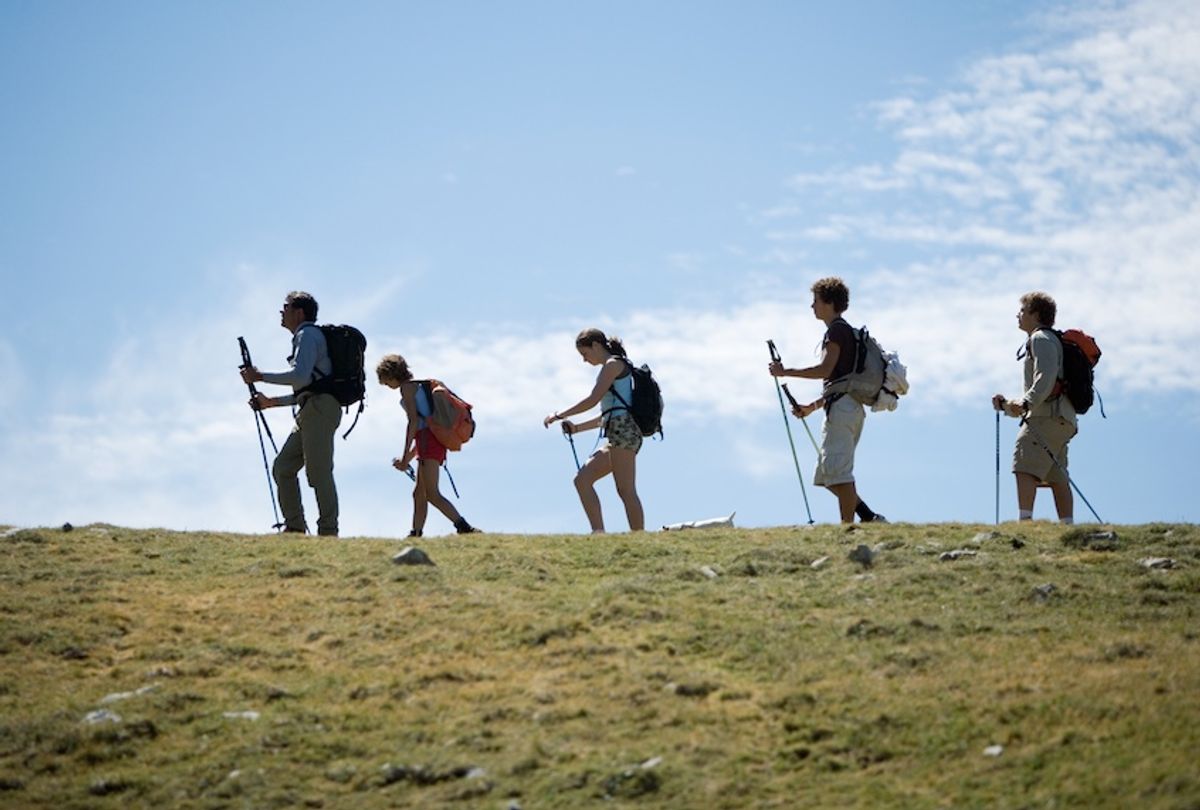Introduction:
trails wilderness program death The Trails Wilderness Program, renowned for its commitment to fostering personal growth and resilience through outdoor experiences, recently faced a heartbreaking incident that has left the community in shock. The death of a participant during one of the wilderness excursions has sparked a wave of concern and scrutiny, prompting a closer examination of the program’s safety measures and the broader implications for wilderness therapy.

The Tragic Incident:
In a tragic turn of events, a participant of the Trails Wilderness Program lost their life during a recent expedition. The details surrounding the incident remain under investigation, but initial reports suggest that adverse weather conditions and a lack of communication may have contributed to the unfortunate outcome. This incident has raised questions about the safety protocols in place during wilderness programs and their efficacy in preventing such tragedies.
must read=trails wilderness program death
The Wilderness Therapy Approach:
Trails Wilderness Program, like many others, follows a therapeutic model that utilizes the outdoors as a medium for personal and emotional growth. Participants are often exposed to challenging situations, pushing them beyond their comfort zones to foster resilience, self-reliance, and teamwork. While such programs can be transformative for many, the recent incident has shed light on the potential risks associated with the approach, necessitating a careful reevaluation of safety measures.
Safety Protocols and Oversight:
Wilderness therapy programs typically operate in remote and unpredictable environments, making safety a paramount concern. Rigorous safety protocols, including thorough participant screening, comprehensive training for staff, and regular risk assessments, are essential components of responsible program management. However, the recent tragedy prompts a critical examination of whether these protocols are consistently adhered to and if they adequately mitigate the inherent risks of wilderness therapy.

Communication Breakdown:
One of the crucial aspects under scrutiny is the communication infrastructure during wilderness programs. In remote areas, where participants may be far from traditional means of communication, it is imperative to establish reliable systems to ensure timely updates and emergency response. The investigation into the Trails Wilderness Program incident is expected to delve into the communication breakdown that may have played a role in the delayed response to the emergency.
Impact on Participants and Families:
The death within the Trails Wilderness Program has undoubtedly left a profound impact on the participants, their families, and the broader community. Wilderness therapy is intended to be a transformative and positive experience, and instances like these can cast a shadow over the entire concept. It raises concerns about the potential psychological effects on participants who may have witnessed or been directly impacted by the tragedy, prompting a need for comprehensive support and counseling services.
Addressing the Larger Issues:
The Trails Wilderness Program incident underscores the need for a broader conversation about the oversight and regulation of wilderness therapy programs. While these programs aim to provide therapeutic benefits, the lack of standardized safety measures and oversight raises questions about the potential for such incidents to occur elsewhere. Advocates are calling for a comprehensive review of industry practices and the establishment of clear guidelines to ensure the well-being of participants.

Moving Forward: A Call for Reform
In light of the recent tragedy, there is a growing consensus within the community that reforms are necessary to enhance the safety and effectiveness of wilderness therapy programs. This includes:
- Standardized Safety Protocols: Advocates are urging the development and implementation of standardized safety protocols across all wilderness therapy programs. These should encompass participant screening, staff training, risk assessments, and emergency response procedures.
- Regulatory Oversight: Calls for increased regulatory oversight of wilderness therapy programs are gaining momentum. Establishing a regulatory body to monitor and enforce safety standards can help prevent future tragedies and ensure accountability within the industry.
- Improved Communication Systems: The incident at Trails Wilderness Program highlights the critical need for reliable communication systems in remote areas. Programs must invest in and regularly update communication technology to facilitate prompt responses to emergencies.
- Comprehensive Training for Staff: Staff training should be comprehensive and ongoing, covering not only wilderness survival skills but also emergency response and crisis management. This ensures that staff members are well-equipped to handle unforeseen situations effectively.

Conclusion:
The death within the Trails Wilderness Program serves as a sobering reminder of the potential risks associated with wilderness therapy. As the community mourns the loss, there is a collective call for reform to prevent similar tragedies in the future. It is imperative that stakeholders, including program operators, regulators, and mental health professionals, come together to address the systemic issues within the industry and create a safer environment for those seeking transformation through wilderness therapy.
